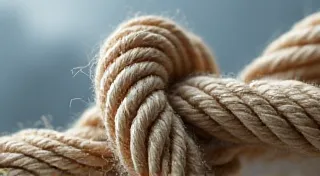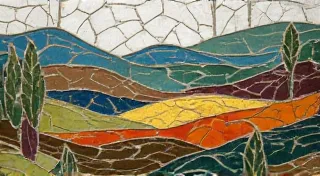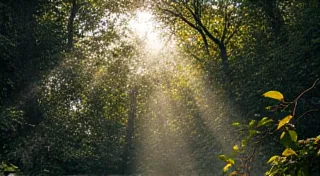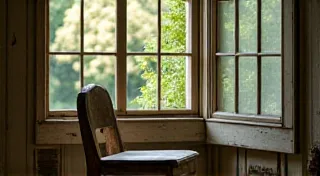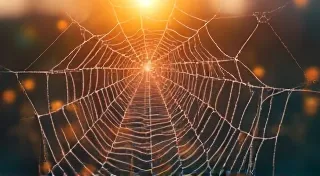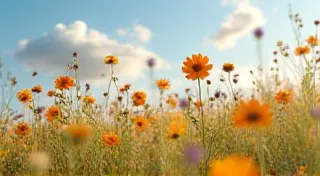From Field to Fabric: Sustainable Practices in Regional Weaving Communities
The rhythmic clatter of a loom, the scent of natural dyes clinging to the air – these are the sensory anchors to a world of regional weaving, a world increasingly vital in our pursuit of sustainable living and a reconnection with heritage. It's a world far removed from the fast-fashion treadmill, a testament to the enduring power of human ingenuity and the profound relationship between craft, community, and the environment. For generations, these weaving communities haven't just produced beautiful textiles; they've embodied a philosophy of respect for the land, a quiet revolution woven thread by thread.
My own fascination with weaving began unexpectedly. I was helping my grandmother clear out her attic, a treasure trove of forgotten memories, when I stumbled upon a small, intricately woven rug. The colors were muted, earthy tones – browns, ochres, deep greens – and the pattern seemed to hold a story, a whisper of a place far away. She explained it was from a village in the Peruvian Andes, made by artisans who still used techniques passed down through centuries. It wasn’t just a rug; it was a legacy.
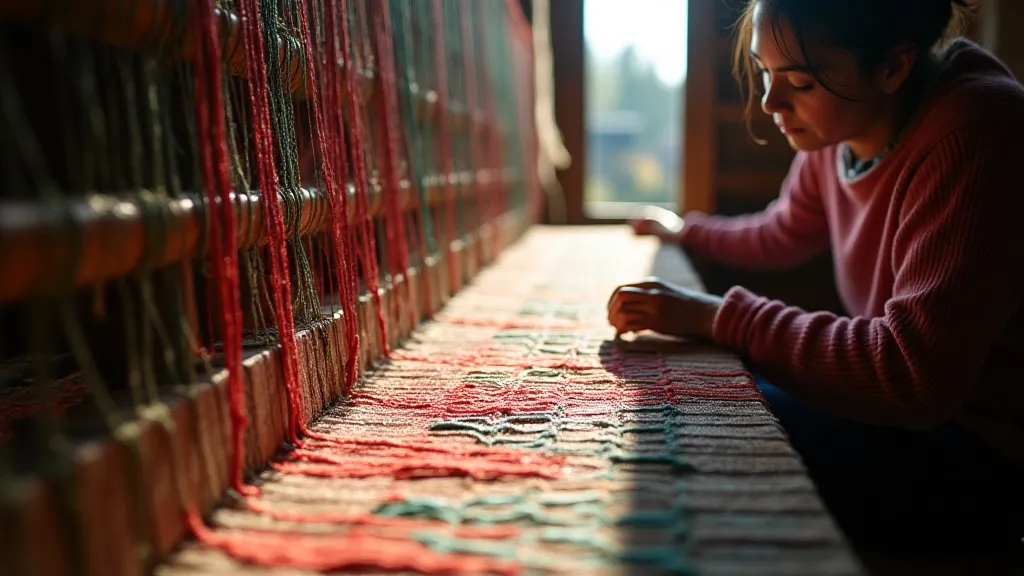
The Historical Roots of Sustainable Weaving
The concept of “sustainable weaving” isn’t a modern invention; it's intrinsically woven into the history of textile production in many regions. Before the advent of industrialization and synthetic materials, weavers were intimately connected to their environment. They relied on locally sourced fibers – cotton, wool, flax, hemp, and plant-based materials like nettle and banana fiber. Dyeing was an art form, utilizing pigments derived from flowers, roots, berries, and minerals found in their surroundings. The very survival of these communities depended on the health of the ecosystems they inhabited.
Consider the Navajo weavers of the American Southwest. For centuries, they've skillfully combined sheep farming with intricate rug weaving, using wool dyed with natural pigments like indigo (for blues), walnut husks (for browns), and cochineal (derived from insects, for reds). The patterns themselves are often laden with symbolic meaning, representing elements of their cosmology and connection to the landscape. When commercial dyes and mass-produced rugs arrived, many Navajo weavers faced economic hardship. However, a resurgence of interest in traditional Navajo weaving has not only revitalized the craft but also strengthened their cultural identity and fostered a renewed commitment to sustainable practices.
Natural Dyes and the Art of Patience
The shift from synthetic dyes to natural dyes is a pivotal element in the resurgence of sustainable regional weaving. Synthetic dyes, while offering vibrant colors and ease of application, often carry a significant environmental footprint, involving harmful chemicals and energy-intensive processes. Natural dyes, on the other hand, are often biodegradable and can even enrich the soil when the dye baths are used as fertilizer.
But the process is far from simple. Obtaining natural dyes requires knowledge of local flora and seasonality. It's a painstaking process that demands patience and a deep understanding of the interactions between plants and fibers. Different mordants (fixatives) are needed to ensure the colors are vibrant and long-lasting. A weaver who works with natural dyes isn’t just a colorist; they are a botanist, a chemist, and an artist, all rolled into one. The slight variations in color from batch to batch, a hallmark of naturally dyed textiles, are not flaws; they are testimonies to the unique character of the materials and the artistry involved.
Community Collaboration and Fair Trade
The most impactful sustainable weaving initiatives are often rooted in community collaboration and fair trade practices. These initiatives empower weavers, ensuring they receive fair compensation for their labor and have control over their creative processes. They also provide opportunities for education and skill development, preserving traditional knowledge and ensuring the craft’s longevity.
In many regions, weaving is a primarily female occupation. These weaving cooperatives provide women with economic independence and a platform to express their cultural identity. The income generated from weaving can significantly improve the quality of life for families and contribute to the overall development of the community. Fair trade certifications and direct trade relationships between weavers and consumers further guarantee ethical sourcing and transparency throughout the supply chain.
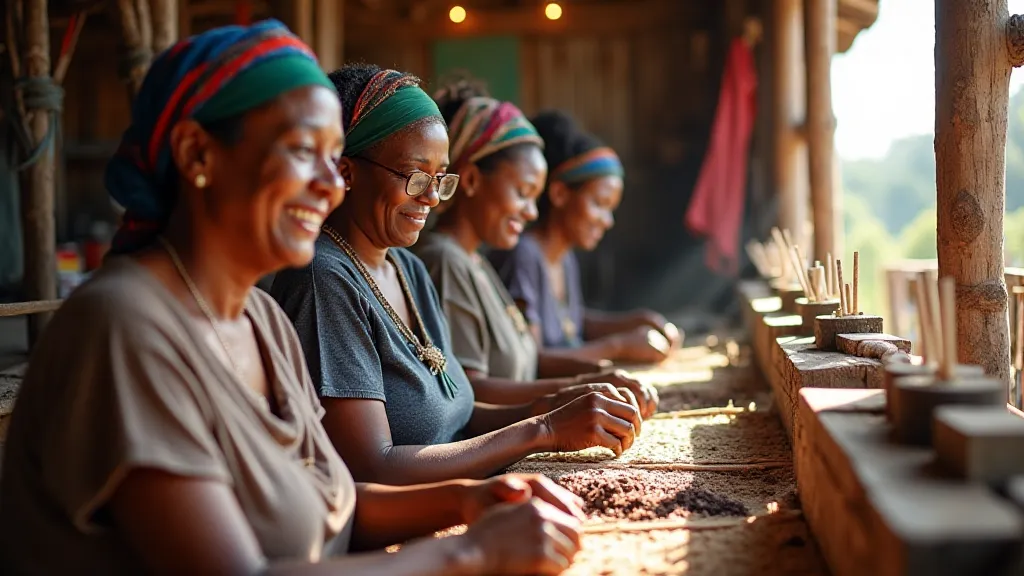
Beyond the Fabric: A Philosophy of Respect
The resurgence of regional weaving isn’t just about creating beautiful textiles; it’s about embracing a philosophy of respect – respect for the environment, respect for traditional knowledge, and respect for the artisans who dedicate their lives to the craft. It's a rejection of the disposable culture that permeates so much of our modern world, and an affirmation of the enduring value of handcrafted goods.
The act of weaving itself is inherently meditative. It requires focus, precision, and a connection to the materials. For those who practice it, it's a way of slowing down, of connecting with a deeper sense of purpose, and of honoring the legacy of generations past. The imperfections – the slight variations in tension, the subtle color shifts – are not flaws; they are the marks of the human hand, the fingerprints of the artist.
Preserving the Legacy: Restoration and Collecting
As with any traditional craft, preserving the legacy of regional weaving requires both active practice and a appreciation for the artifacts of the past. Antique weaving, whether rugs, tapestries, or smaller items, can provide invaluable insights into techniques, patterns, and cultural significance.
Restoring antique woven pieces is a delicate process, demanding a deep understanding of the materials and construction methods. While professional restoration is often the best option, basic cleaning and stabilization techniques can be learned with careful research and guidance. Collecting antique woven pieces can also be a rewarding way to support traditional crafts and preserve cultural heritage. The journey of discovery – tracing the origins of a piece, learning about the weaver who created it, and appreciating the story it holds – can be as enriching as the beauty of the object itself.
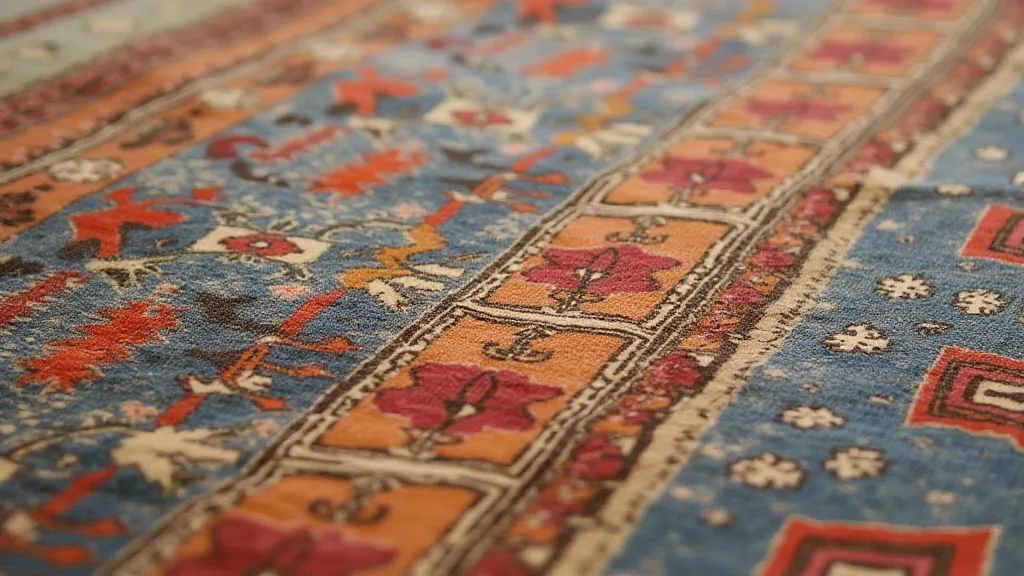
From field to fabric, the journey of regional weaving is a testament to the enduring power of human creativity and the profound connection between craft, community, and the environment. By supporting sustainable weaving practices, we can help preserve this valuable heritage for generations to come and embrace a more mindful and interconnected way of living.
